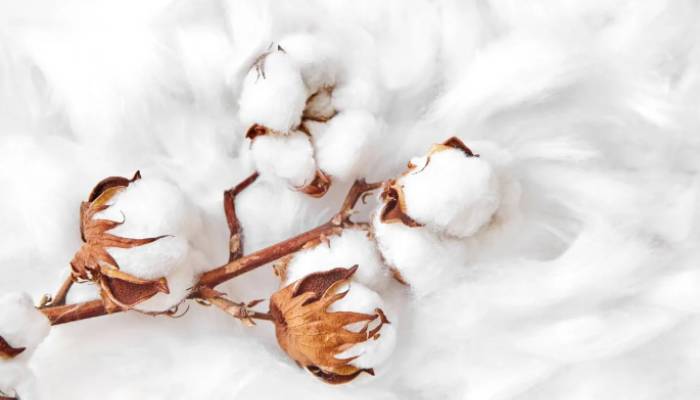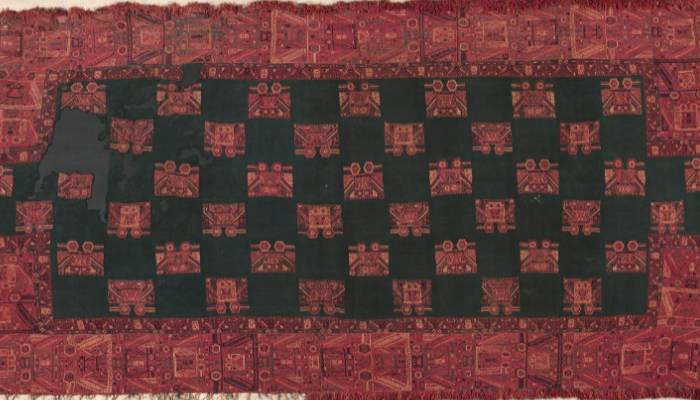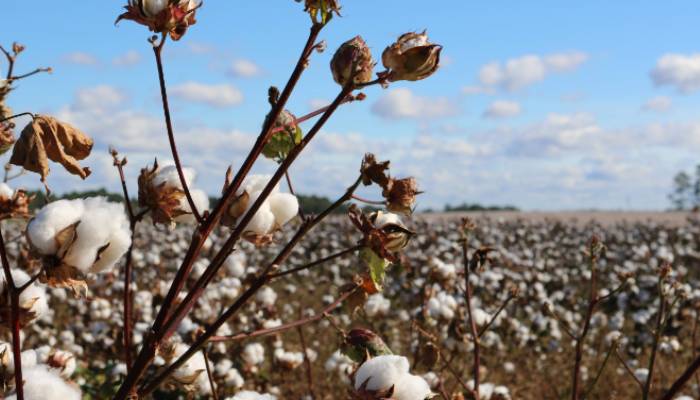Peruvian Pima cotton is renowned for its exceptional quality and luxurious feel. This comprehensive guide covers every aspect of this remarkable fabric, including its properties, uses, features, sustainability, and more.
1. Properties
Peruvian Pima cotton thrives in the northern coastal valleys of Peru, where the beneficial climate conditions contribute to the cotton’s exceptional quality. The fibers are harvested by hand to ensure the integrity of each fiber, reducing damage and maintaining purity.

The fibers of Peruvian Pima cotton are extra-long, measuring up to 1.5 inches, which results in a smoother and stronger yarn. This length contributes to the fabric’s softness and strength, making it incredibly comfortable against the skin and resistant to pilling and tearing.
2. Uses
Peruvian Pima cotton is versatile and used in a wide range of products due to its luxurious feel and durability. Celebrated for their softness and breathability, Pima cotton t-shirts are a staple in many wardrobes. Known for offering a crisp, smooth finish ideal for formal wear. Chosen for providing exceptional comfort for everyday use.
Sheets and pillowcases made from Pima cotton are highly sought after for their softness and durability. Renowned for their absorbency and longevity. Often used by luxury brands for its superior quality and feel. Selected for its gentleness on delicate skin.
3. Features
Pima cotton allows air to circulate, keeping the wearer cool and comfortable. It’s ideal for sensitive skin, reducing the risk of irritation. With proper care, garments made from Peruvian Pima cotton can last significantly longer than regular cotton. It holds dye better, ensuring vibrant and lasting colors. Pima cotton is easy to clean, maintaining its softness and shape after multiple washes. It’s also resistant to shrinking when washed and dried properly.
4. Historical Context
Archaeological evidence indicates that cotton was cultivated in Peru as early as 3,100 BC, particularly in the Huaca Prieta region, north of Lima. The ancient Peruvians utilized cotton for various purposes, including textiles, fishing nets, and ceremonial garments.
The sophistication of their textile production is exemplified by the intricate Paracas mantles from around 700 BC, showcasing advanced weaving techniques and artistic expression.

Inca Period and Beyond
By the time the Spanish conquistadors arrived in the 16th century, cotton was already a staple crop in Peru. The Incas cultivated various cotton types, including the highly prized Pima cotton, which was used for both practical and decorative purposes. The cultivation of cotton continued to thrive during the colonial period, becoming a significant export product for Peru.
Modern Era and Decline
In the 20th century, particularly in 1963, Peru harvested a substantial 256,800 hectares of cotton, including Pima and Tangüis varieties. However, by 2017, this figure had drastically declined to just 6% of its former size due to several factors, including low investment in agricultural technology and competition from synthetic fibers.

Despite this decline, Pima cotton remains a vital part of Peru’s agricultural identity, with around 8,400 families currently engaged in its cultivation, generating significant employment in the textile industry.
Unique Characteristics
Pima cotton is distinguished by its extra-long fibers, typically ranging from 38 to 41 millimeters, making it significantly longer than standard cotton fibers (20 to 32 millimeters). This length contributes to its durability and softness, earning it the nickname “South American silk.” The ideal growing conditions in the coastal valleys of Piura and Chira further enhance its quality, as the region’s climate and soil are particularly suited for cotton cultivation.
5. Sustainability Practices
Pima cotton is cultivated using advanced irrigation techniques, particularly drip irrigation, which significantly reduces water usage. Premium Pima Cotton employs methods that save more than 50% of water compared to traditional cotton farming practices, making it a more sustainable choice.
Eco-Conscious Practices
The production of Pima cotton adheres to eco-conscious practices throughout the supply chain. It is grown in small batches, avoiding the use of harmful pesticides and fertilizers, aligning with sustainable agricultural practices. This approach contributes to healthier ecosystems and reduces chemical runoff.
Longevity and Durability
Pima cotton is known for its longer fibers, which result in fabrics that are more durable and resistant to pilling. This durability means that garments made from Pima cotton can last significantly longer than those made from regular cotton, reducing the need for frequent replacements and lessening waste in the fashion industry.
Social Responsibility
The cultivation of Pima cotton often involves cooperative farming practices, which promote social equity among growers. This community-oriented approach ensures that farmers receive fair compensation and support, contributing to the overall sustainability of the cotton industry.
6. Non-GMO and Organic Contributions to Sustainability
Non-GMO Pima cotton is typically grown without the use of harmful pesticides, herbicides, and chemical fertilizers, promoting a healthier ecosystem. This organic approach helps maintain soil health and prevents water contamination.
Known for its drought-resistant properties, Pima cotton requires up to 50% less water than conventional cotton varieties. This characteristic, combined with its non-GMO status, makes it a more sustainable option for cultivation, especially in areas with limited water resources.
Support for Local Economies
The cultivation of non-GMO Pima cotton often involves small-scale, family-owned farms, particularly in Peru. These farms adhere to fair trade practices, ensuring that local farmers receive fair wages and support for their communities, promoting economic sustainability.
Biodegradability
Organically grown Pima cotton is biodegradable, meaning that products made from it can decompose naturally at the end of their lifecycle, supporting a circular economy. Opting for non-GMO and organic cotton products aligns with consumer values focused on reducing environmental impact and promoting sustainable practices in the textile industry.
7. Comparison with Other Cottons
| Feature | Peruvian Pima Cotton | Regular Cotton | Egyptian Cotton |
|---|---|---|---|
| Fiber Length | Extra-long (up to 1.5 inches) | Short to medium | Extra-long (similar to Pima) |
| Softness | Exceptionally soft | Moderate to soft | Very soft |
| Durability | Highly durable | Less durable | Highly durable |
| Hypoallergenic | Yes | Not always | Yes |
| Cost | Higher | Lower | Higher |
8. Conclusion
Peruvian Pima cotton stands out for its exceptional qualities, from softness and durability to its eco-friendly cultivation. Whether used in apparel or home textiles, it offers unparalleled comfort and longevity, making it a preferred choice for those seeking luxury and sustainability in their fabric choices.
